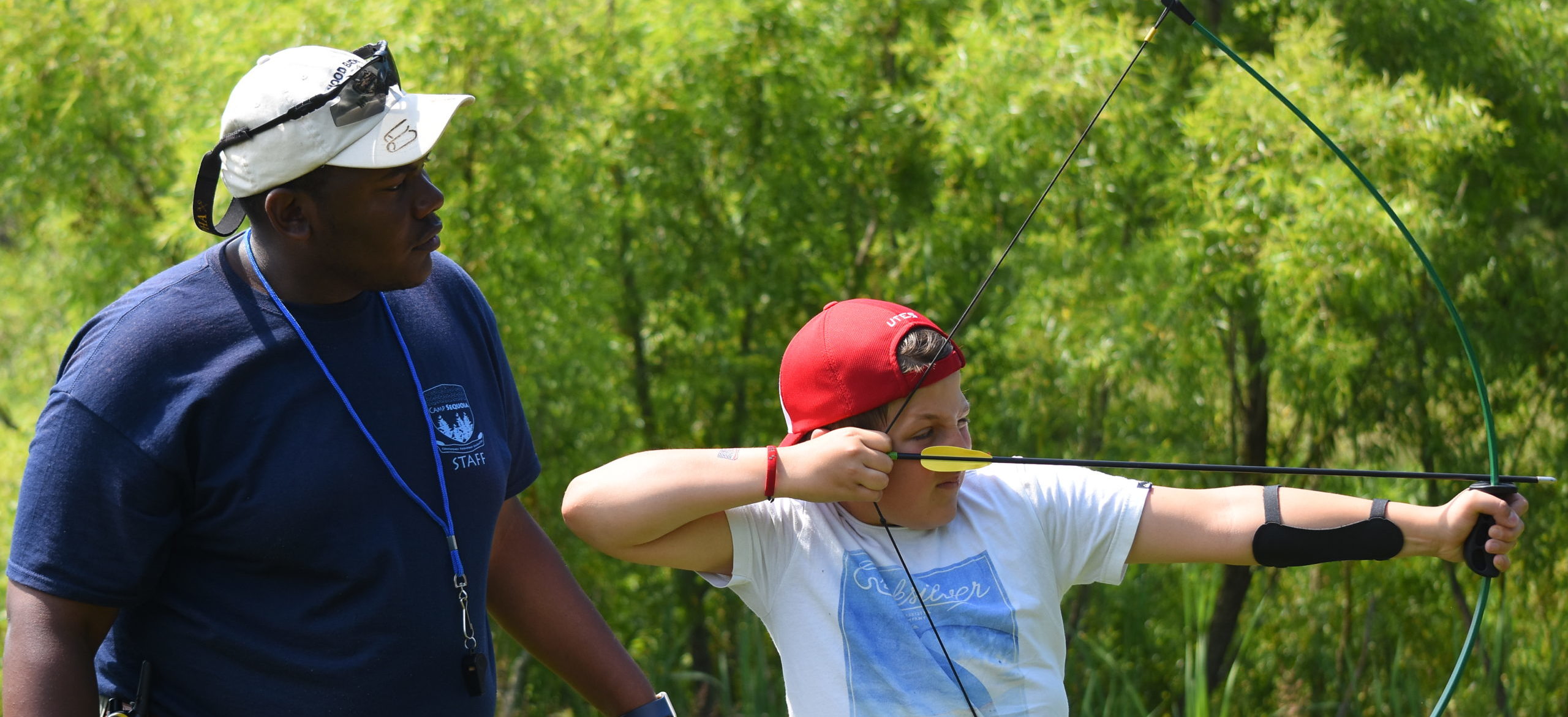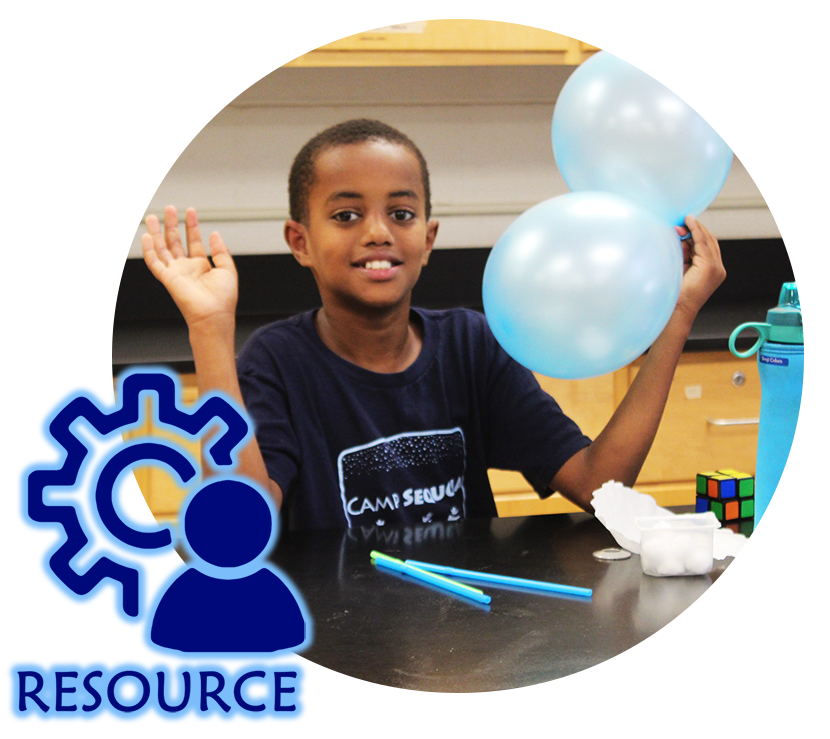Fascinating research and news for our population comes out regularly, and we wanted to share some of these updates with our community. We have collected interesting testimonies, national and international resources, research studies, and more here for our families.
We wanted to share an article from Psychology Today that explores a candid look at both the value and pitfalls of AI as it relates to the benefits of knowing how to operate thoughtfully and thinking, “beyond the confines of a given problem.”

We thank Medical Director Allison for sharing an article this week that she found that explores a new, more accurate approach to reduce bias and get more accurate data about the structural differences in ADHD brains. The University of Fukui funded this research and it was originally published in the Journal of Molecular Psychiatry.

This week, Dr. Pray shares an article from The Journal of Child Psychology and Psychiatry that explores the fungal gut biome of children with and without an ADHD diagnosis. For a lay summary of the findings, check out the study below.

Our clinical team was excited about this research out of Turkey which looked at college students to determine if those with higher EI (Emotional Intelligence) do better at coping with stress and can this be quantified by looking at several stress related hormones. Data included both surveys and saliva samples. This study concluded that there was a link between the superior stress management scores and three biological markers (BDNF, apelin and cortisol). While this wasn’t a huge study, there is promise for future research that might suggest that development of increased emotional skills might help with biological resiliency to stress.
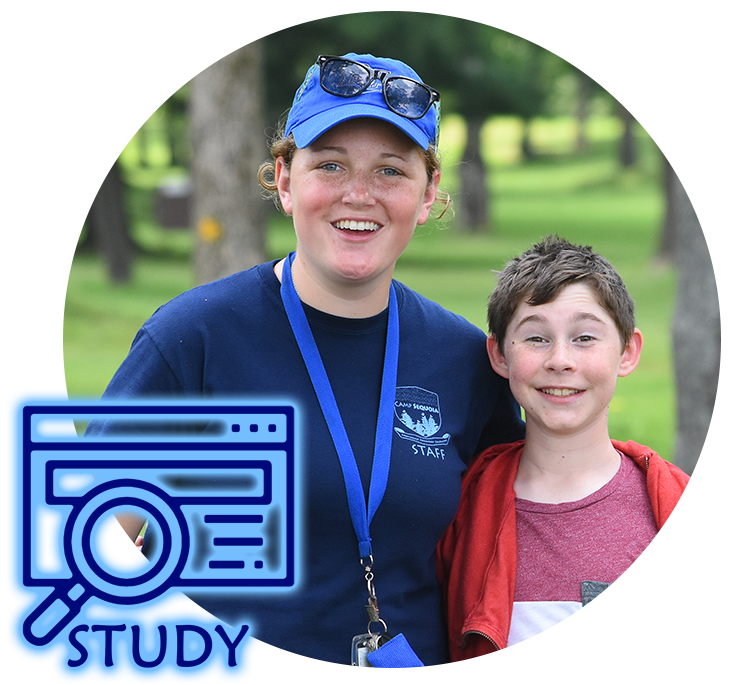
There is a promising clinical trial in the UK that seeks to address issues of the nearly 3 in 4 children with ADHD who have additional sleep issues that can exacerbate their symptoms. This has the potential to positively impact those who live with ADHD and those who live with them.

In this article from the Psychiatric Times, Dr. Kei walks through some of the reasons that historically ADHD has been underdiagnosed in women as well as some holistic lifestyle strategies as mitigation of ADHD symptoms.

This week in Nature we read a fascinating article that looked at how social exclusion could lead to college students being creative in harmful ways. Two factors (empathy and moral disengagement) can act in sequence, according to this work to influence harmful creative behavior. Interestingly, positive teacher support has the capacity to weaken the link between social exclusion and malevolent creativity and this may help curb harmful uses of this creativity.

In reading Inc., this week Carmine Gallo from Harvard inspired us with an article about soft skills that both Steve Jobs and Jeff Bezos utilized to inspire, attract and motivate. From Jobs focus on what products could do for people to Bezos’ use of descriptive analogy to frame the consumer conversation, it is always gratifying to know that there is a meaningful place for social skills that can be enhanced but not replaced by AI.

Yale School of Medicine has published a study of the positive impact of Social Emotional Learning on student outcomes by discipline. For a plain English explanation, check out this article from EdSurge.

Nature, one of the peer reviewed journals that intrigues our clinical team, had an article this week looking at the motor activity patterns of typical children (if there is such a thing) and diagnosed ADHD kids on school days and non-school days. There was no found statistically significant difference in between these two groups on school days or “free days”. It was however noted that within the different range of ADHD diagnosis there was notable (albeit with a smaller sample size) change in presentation on non-school days. This might mean that exploring a 24 hour profile cycle of movement may bear further study. Further information on time of day of increased motor activity based upon age can be gleaned from this informative article.

Psychology Today has an interesting article on compassion which pulls from research in Social Cognitive and Affective Neuroscience and the Muhammad Ali Index that looks at compassion in America. The roots of compassion and empathy and how the brain processes these are discussed in a way that the lay person can understand.

In a study out of South Korea, researchers observed in the International Journal of Environmental Research and Public Health that boys with hearing loss were less likely to have ADHD than girls and that the level of comorbidity of these two conditions merits careful simultaneous treatment for maximum efficacy.

Our STEM folks were intrigued to see this article in EdTech focused on meaningful strategies to help young learners recognize and react appropriately to misinformation on social media via targets digital citizenship training, hidden in the types of online activities that are aligned with established child interests and habits. While Camp Sequoia remains a screen limited environment, we support the idea of all students gleaning skills to be responsible and thoughtful digital citizens.

In this article found in Psychology Today, our clinicians found a great conversation about the differences between being isolated socially and when someone is social in a group and feeling “cognitive isolation” or epistemic loneliness.

Do ASD and ADHD Have Distinct Executive Function Deficits? A Systematic Review and Meta-Analysis of Direct Comparison Studies

Why Kids With ADHD Are Struggling to Sleep and What Parents Can Do About It
Published February 20, 2025, this article from Parents.com highlights how children with ADHD often get inadequate slow-wave (deep) sleep. Researchers studying 62 teens found that a lack of deep sleep may intensify core ADHD challenges—such as inattention, impulsivity, and irritability—by depriving the brain of its necessary “reset.” Experts recommend establishing consistent bedtime routines and employing behavioral modifications to help improve sleep quality, which in turn can lessen daytime ADHD symptoms.

How Dangerous Are Smartphones for Children — and Should We Ban Them?
This week, the Times discusses growing concerns over excessive smartphone and social media use in schools. Headteachers report that constant digital distractions are linked to reduced attention spans, poorer academic performance, and increased bullying behaviors. Experts warn that the dopamine effects from social media may mimic or even exacerbate ADHD-like symptoms, prompting calls for strict school policies (or even bans) on smartphone use during school hours.
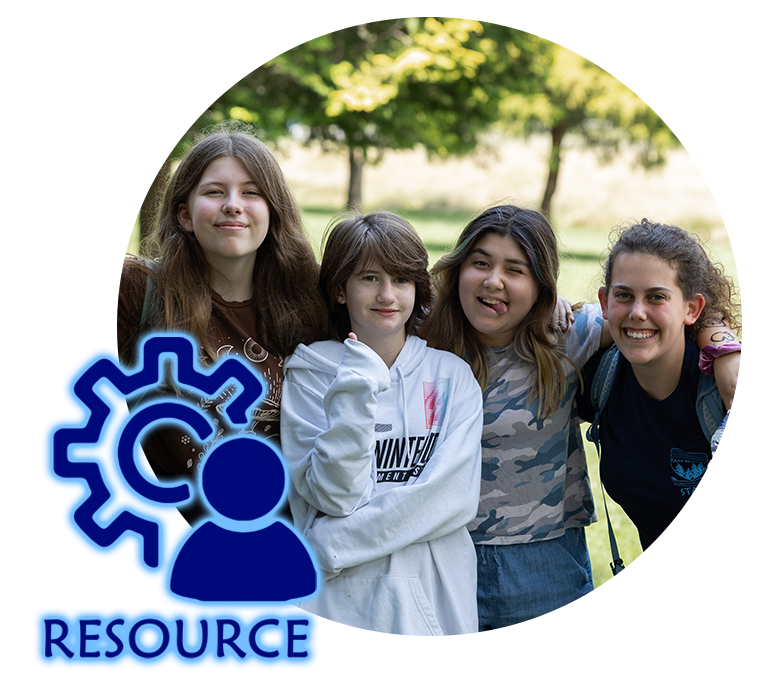
Should I Throw Out My Kid’s Froot Loops?
Published January 23, 2025, this article (from Vox) delves into the debate over artificial food dyes in children’s diets. It explains that the FDA has recently banned Red No. 3 and that California has outlawed six additional dyes in school cafeterias amid concerns that these additives may contribute to behavioral problems—including symptoms associated with ADHD. The discussion weighs scientific evidence on dye exposure against the potential for restrictive diets to foster anxiety, urging parents to balance caution with a healthy, relaxed approach to food.

In another study that looked at ADHD identified youth, Autism Spectrum Disorder (ASD) or Neurotypical youth, this Advances in Neurodevelopmental Disorders article suggests the importance of executive functioning (EF) skills as a possible means to intervene and potentially reduce depression and/or anxiety in kids.
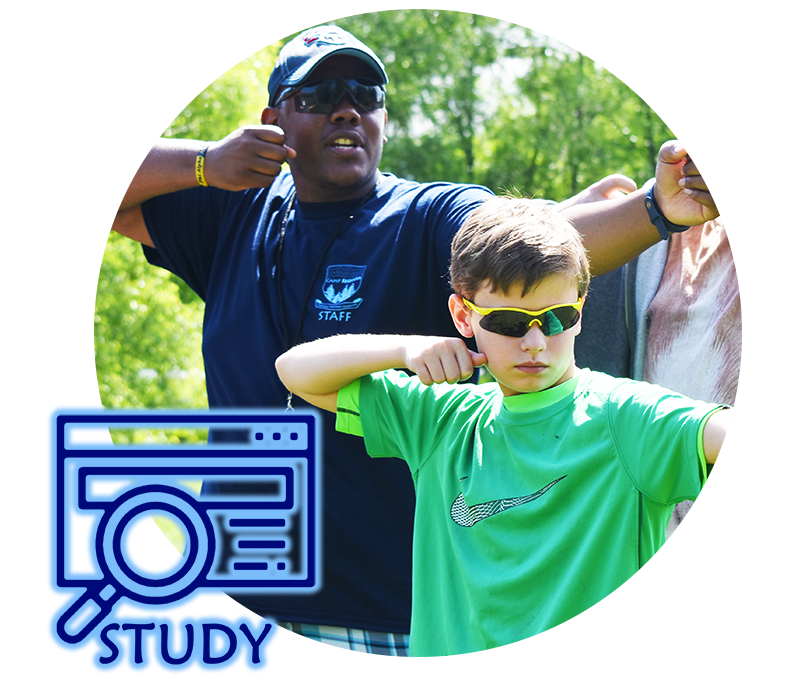
One of our European colleagues shared this article out of Italy with us, published in a special issue of Brain Sciences. It delves into Theory of Mind (ToM) and Executive Functioning skills compared between identified folks with ADHD and control groups.

Today, one of our clinical team recommended an article for us which looks at the relationship between social functioning and anxiety in ADHD youth.

This literature review explores the link between ADHD and social anxiety disorder in adults and adolescents from around the world. There is an interested global infographic in this article which may be of interest to our Camp Sequoia family.

At Camp Sequoia we help our kids develop a wide range of skills. From building frustration tolerance, overcoming anxiety and becoming more socially confident, we encourage kids to become the best versions of themselves. Perspective taking and assuming good intentions are intrinsic to what we do. We liked this article in Psychology Today that echoes similar themes.
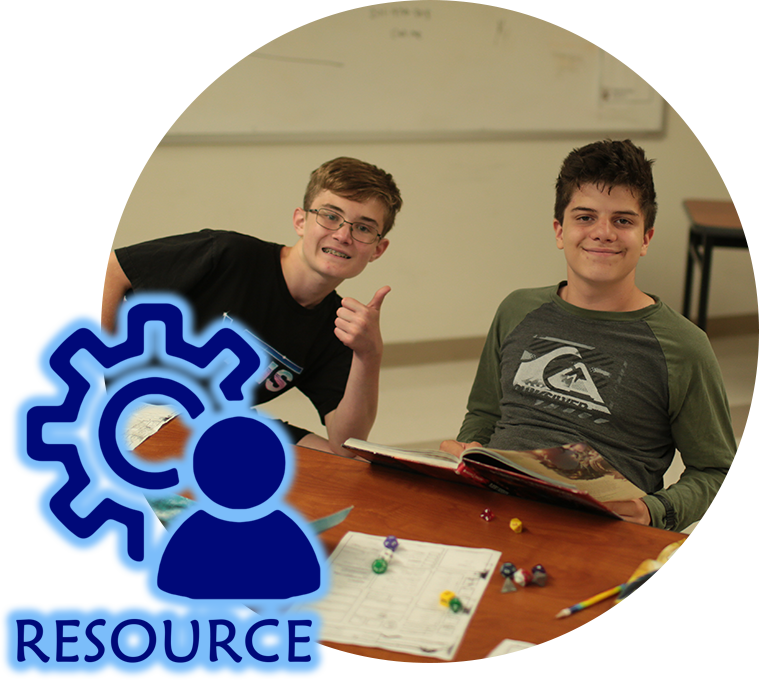
This week, the US Today published an article summarizing how the US Army has pivoted in recent years to include social skills development, mindfulness and even yoga as part of basic training with an understanding that these are relative weaknesses for Gen Z recruits. We are glad that the US Army is beginning to address the social skills deficits as part of their overall training.

In the Journal of Attention Disorders, we read an article this week about the potential of maladaptive daydreaming to mask ADHD diagnosis in childhood and delay identification (And treatment). For a lay person summary of these findings, check out the executive summary from PsyPost.

This short video interview reminds us of the need to consider comorbidity in addressing ADHD symptoms. We also enjoyed this interview also published in Psychiatric Times about treating ADHD in children.

Thanks to Director Artrice for finding this article in VOX that summarizes an interview detailing the negative implications of phone/screen use on authentic social interactions. This again reinforces our Camp Sequoia policy of being a phone free, screen limited community.

We wanted to highlight the actions that California is taking to curtail consumption of ultra-processed foods. This work to reduce artificially dyes in foods (and other benefits of this legislation) can be found here. For specific details on the research link between ADHD and artificial dyes, check out the Lancet.

For our international community, we were intrigued by this article that explores parenting styles and developing life skills in high school athletes. In short, this article confirms the import on positive parenting on development of life skills outside of organized sports. Additionally, this article gives us an opportunity to share several research based rating scales that might be of interest to our community. Note: these are free for academic use, but require licensure for commercial use.

This article in Forbes which highlights some themes that we shared previously, looks at soft skills to keep in mind for the New Year. Emotional Intelligence (EQ), Resilience and Networking (how to make friends AND communicate effectively) are all skills that are part of the Camp Sequoia curriculum as well.

We were intrigued by this recent study on ADHD and snacking, published in the Journal of Attention Disorders that looks at eating as a coping mechanism rooted in impulse control and stimulation with data that shows those with an ADHD diagnosis tend to have different snacking patterns than those without.

In this King’s College London summary of an article found in JAMA Psychiatry, research indicates that the promise of neurofeedback as a way to mitigate symptoms of ADHD has not been shown to improve either cognitive performance nor mitigate impulsivity symptoms. While there was a modest uptick in information processing speed, overall in this evolving field, the evidence does not currently support the efficacy of this type of treatment.

We love this easy to digest article in Contemporary Pediatrics that looks holistically at strategies (in a post COVID world) to support the health of kids. From mental health to diet, to physical activity, sleep, social connections, screen time and more this article is a great guide for parents and caregivers on what can significant impact the overall well-being of kids.

In a nod to our greater global community, we are hearkened by the work that UNICEF is doing in the Middle East and North Africa in promoting social skills education through their FIVE STRATEGIES. We recognize that there are many local and regional settings that would benefit from this level of social skills intentionality in education. For reference, the 5 UNICEF strategies are listed below:
1)Promote Community Leadership and Engagement
2)Use a systems approach to integrate life skills in education
3)Provide Teachers with a skill set to deliver a meaningful life skills curriculum
4)Relationships Matter: Forging local and global partnerships to enhance education
5)Make sure that programs are reaching all diverse learner needs

Camp Sequoia has long believed in the value of near-peer mentors as part of a comprehensive strategy to engage ADHD, ADD, twice-exceptional and neurodivergent kids in their zone of proximal development. This advice, as published by the National Educational Association provides insight from a 20 something young man with ADHD that is insightful and informative for a Camp Sequoia population.

Social or Anti-social Media?
We enjoyed this perspective from Education Week on the impact of Social Media on students. Check out the interactive pie chart as well. In the same vein from one of our Colorado families, we heard this on Freakonomics Radio about a paper regarding social media use.

We loved this peer reviewed study looking at a comparison of camouflaging behaviors with adults diagnosed with ADHD versus those with an Autism diagnosis. In summary, while both groups showed camouflaging traits, these traits were much more prevalent in adults with autism. There are some interesting avenues of further study that come out of this work as well.

In this article, shared by one of our Canadian families, post-pandemic prescription trends are explored with a statistically significant rise in ADHD prescriptions for females compared to males pre and post pandemic.

We love this article that unpacks what ADHD feels like for five different folks with this diagnosis. This candid dialogue and reflection from VeryWellMind is a recommended read.
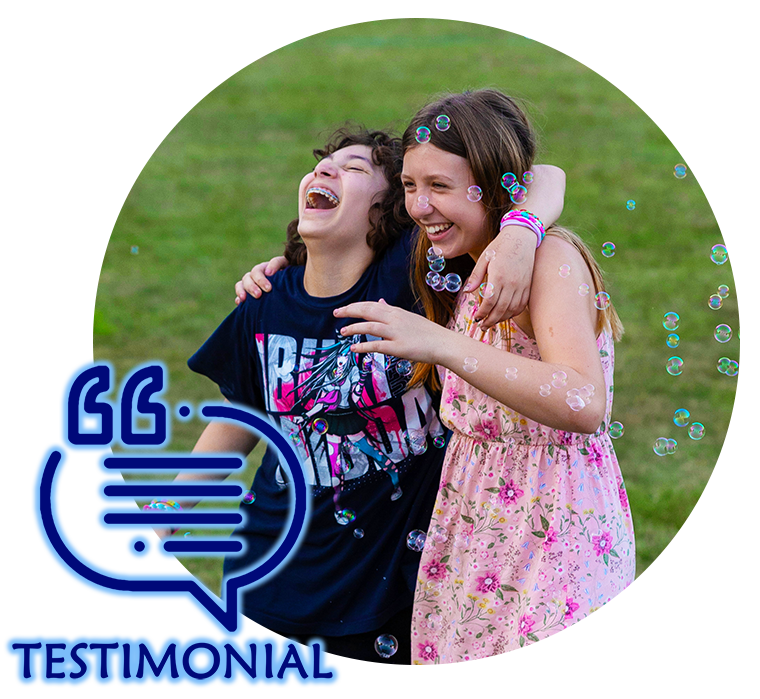
In this meta-analysis in the Lancet researchers explored the diagnosis of younger children in a class versus those who are older in the same grade level. This look at 130 individual studies found that there was not a higher likelihood for younger children to have their diagnosis reversed versus older children later in life.

From one of our Hong Kong families, this article in the South China post, finds that ADHD 13% and Depression 10% are currently the top two mental health issues, according to a sample size of 6,000 students from ages 6-17.

While their football team may not be what it once was, the editorial board of the Collegiate Times at Virginia Tech continues to do a fine job in curating articles. This one looks at the real life impacts of COVID-19 on social skills and the ability to make meaningful social connections.

It has been said that a good man is hard to find. At Camp Sequoia we endeavor to help our young men (and women) become the best versions of themselves. This article from the Good Men Project has six tips to help make intentional choices that can improve social outcomes.

We loved the perspective of a pediatrician who looks at why ADHD often can go undiagnosed in girls. Understanding why girls with ADHD can go undiagnosed can help inform better screening and appropriate interventions for neurodivergent girls.

In work published in Additude magazine, the link between ADHD, adverse childhood experiences and depression is explored.

We were intrigued this week by a study of medical students and sugar intake from beverages and the association with symptoms of ADHD.

Our collective hats go off to the San Jose non-profit Dreamzilla founded by Kyle Loh which awards scholarships to those with neurological differences.

From the ADHD Centre in Canada this week, we read an interesting article on how ADHD is treated (or not) in Canada and what employers can do to support employees (and their businesses) by providing workplaces that take the needs of those with ADHD into account. This can increase workplace satisfaction, productivity and the bottom line as well. In another article, Silicon Republic explores how to adapt workplaces for neurodivergence as well.

An interesting clinical study from Dr. Surman at Massachusetts General Hospital, sees potential in the repurposing of Solriamfetol from the FDA approved use to treat sleep disorders to a potential novel ADHD treatment.

This week, in celebration of #ADHDawarenessmonth we also wanted to connect our readers with an article from WebMD in which we find a discuss of the shifting symptoms of ADHD and the shortcomings of the current diagnostic criteria as they relate to real-world manifestations of ADD and ADHD. Specifically, Dr. Dodson advocates for including traits like emotional regulation and cognition in the DSM-V (Diagnostic and Statistical Manual of Mental Disorders).

This week, out of the UK, we were drawn to two items. The first is an opinion article in Schools Week by Andrew Howard, advocating for policy solutions that would look at and address the underlying causes of complexities of working with neurodivergent kids.
The second comes out of Devon and Cornwall in which neurodivergent police trainees are provided with additional tools to experience success. These sensory library boards “samboards” are grant funded and are designed to help with focus during the classroom portions of training.

In a small, but statistically significant peer-reviewed study out of Rowan University and Rutgers, it was found that children diagnosed with ASD and ADHD had greater difficulty that neurotypical peers in eliminating Bisphenol-A (BPA) from their systems at a reduced capacity of 11 and 17 percent respectively, leading to a buildup and increased exposure of this plasticizer in their tissues.

This very intriguing work looks at links between hyperactivity associated micro RNA (miRNA) and rated outward expressions of hyperactivity based on the Conner’s scale. With a European sample size of over 1100 children this work published in BMC Psychiatry is work work exploring further.

In a trend we have seem reflected globally, Norway has reported in notable increase in the diagnosis of ADHD from 2020-2022. Of note, the percentage of girls in their late teens doubled during this period.
Also of note is a similar trend in the UK published in the Cambridge University Press that looks at diagnosis and ADHD prescriptions written over the last two decades.

Monash University has published an interesting article on the hormones, menstrual cycles and impacts on those diagnosed with ADHD

In yet another case of a highly achieving individual (in this case about 35,000 feet high) talking about their ADHD diagnosis, we liked this interview with the founder of JetBlue airlines in Forbes Magazine.

Check out this article in Chicago Health Magazine which discuss ADHD in girls and women.
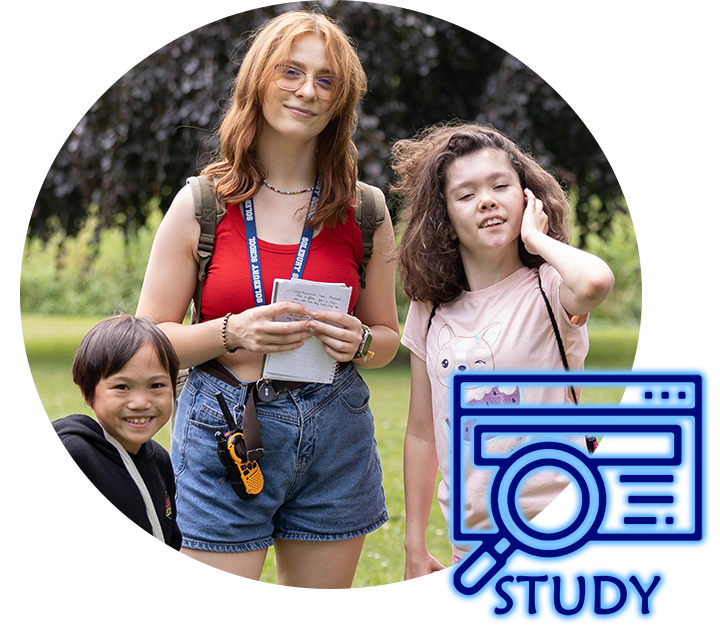
This article in the Washington Post looks at ADHD as an illness not a lifestyle choice. We enjoyed the perspective of Kate Woodsome in this opinion piece.

Recently JAMA published a study (summarized here in plain language) about the prevalence of ADHD in boys and ADHD in girls and compared the rising global rates of diagnosis with the percentage of kids who are medicated for ADHD.

We know that girls with ADD or girls with ADHD are often not diagnosed in the same way as boys with ADD or ADHD. We wanted to share the article below.

Give me a break! It turns out that according to the European Journal of Pediatrics, there is a increased risk of fracture in girls with ADHD and boys with ADHD. Check out the plain language summary below:

Forbes Health compares efficacy and side effects of two commonly prescribed ADHD medications Adderall and Vyvance. Other medications for ADHD not mentioned include Concerta, Jornay (taken at night as a delayed release medication), as well as some less commonly prescribed medications like Dextrostat, Focalin and Quillavent. Also missing in this article but of note are Intuniv and Strattera.

We read this article in the Global Herald about girls still being underrepresented in STEM subjects. Camp Sequoia is very proud of our all girls camp and staff which features real STEM activities and mentorship for our amazing girls.

In the Charlotte Post, we read a new study that the number of women aged 23-49 diagnosed with ADHD has increased by 100% 2020-2022.

There is now a correlation established, courtesy of Scientific Reports and available in plain language below. In brief, ADHD in girls is more commonly comorbid with certain permutations of fragile X.

Check out this article on body posture and how others perceive your feelings as a result of that. Duke University and Patty Van Cappallen have discovered that more than facial expressions, body posture has a notable impact on how we are perceived.

We wanted to share a newly published children’s book, “Walking in Ava’s shoes” which outlines the realities of a young girl with ADHD and her perspective as a child with ADHD and how that impacts her interactions with other girls and how she expresses her feelings with an overall positive message of compassion and understanding for girls with ADHD.

As the first single gender social skills focused summer program in the US, we wanted to pass this article along about emotional coaching and the ways these types of interactions can, “ripple into the next generation”.

We had a good gut feeling that our community would enjoy this research linking microbiome health in the intestines to ADHD. This work, published in the Journal of Child Psychology and Psychiatry looks at the type and ratios of bacteria found in patients with and without an ADHD diagnosis. The link above provides a plain English summary of this study without a paywall.

We know that sometimes AD/HD in girls can be missed or overlooked and we also understand that it is important to recognize and support the needs of girls with ADHD. This week we wanted to share that author, songwriter and singer Lily Allen has shared with the world her recent ADHD diagnosis. It is important for our young girls with ADHD to recognize that they are not alone. Lily discusses the genetic and situational components of ADHD in a recent Guardian article.

Check out this global resource for parents of twice exceptional (2e) and neurodivergent kids:

A recent study explores the relationship between ADHD and school attendance.


